The institute
Welcome to The Greenland Institute of Natural Resources
The Greenland Institute of Natural Resources conducts research into Arctic ecosystems, monitors the living resources and the environment in Greenland and advises the Government of Greenland and other authorities on sustainable exploitation of living resources and safeguarding the environment and biodiversity.
The Institute has three departments: Department of Fish and Shellfish, Department of Birds and Mammals, and Department of Environment and Mineral Resources. Furthermore, a cross-disciplinary Danish/Greenlandic climate centre: The Greenland Climate Research Centre.
The climate research centre is embedded in the Greenland Institute of Natural Resources, and conducts research into effects of climate change on the Arctic environment and Greenlandic society.
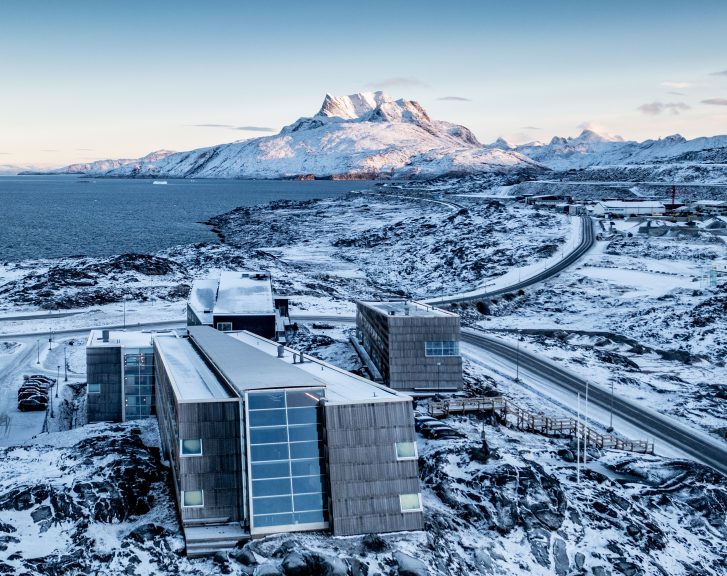
Research

The Greenland Institute of Natural Resources conducts research into Arctic ecosystems and how they are affected by climatic and human impacts.
Research primarily focuses on living marine resources – fish, shellfish, marine mammals and birds, as well as land-based resources – land mammals and vegetation. Research is directed towards physical and chemical processes in the environment in relation to climate change and its impact upon fisheries, hunting, construction, and transport.
Research is carried out in collaboration with international institutions and includes:
- biology of species and their interactions
- distribution of populations – through tagging, satellite tracking and genetic analysis.
- mapping of food availability – by satellite photography, and vegetation and plankton analyses
- oceanic climate, ocean currents, and sea ice – by satellite photography and measurements of physical and chemical parameters
- melting of the Greenland Ice Sheet and freshwater flux into the sea – through measurements and photography
- analyses of logbooks from hunting, by-catches and sample measurements
- experiments with instrument technology, enclosures, etc.
- interview surveys of fishermen and hunters
Monitoring

The Greenland Institute of Natural Resources monitors animal populations, vegetation, physical and chemical parameters in order to follow trends associated with environmental change. The monitoring forms an integral part of the Institute’s research activities.
Monitoring activities focuses on exploited species and constitutes a significant part of the continuous scientific documentation of population dynamics. Population surveys are conducted annually for species in commercial fisheries and at regular intervals for hunting resources. Monitoring is carried out in collaboration with international institutions, as most populations cross international boundaries. Climate parameters are continuously monitored through all the monitoring programs.
Population surveys follow internationally recognized and standardized methods and include:
- shrimp, crab, fish populations by trawling and long-line fishing and pot fishing.
- marine mammal populations through surveys by plane, helicopter, and ship
- land mammal populations through surveys by plane, helicopter, and snow machine
- breeding birds through photographic recordings and surveys of colonies from land and by ship
- winter distribution of birds through surveys by plane, helicopter, and ship
The Institute takes part in the monitoring program “Greenland Ecosystem Monitoring” in the High Arctic at Zackenberg/Daneborg in North East Greenland and the Low Arctic at Nuuk, West Greenland.
Advising
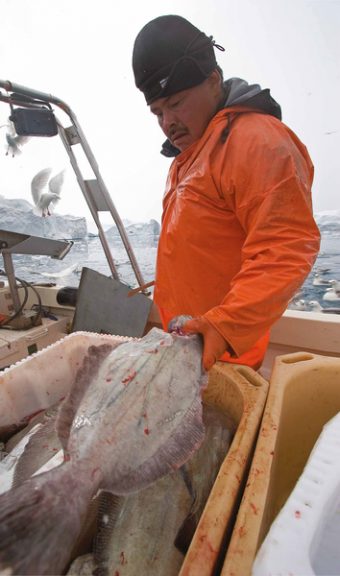
The Greenland Institute of Natural Resources advises the Greenland Government on sustainable exploitation of living resources and safeguarding of the environment and biodiversity. Advising is independent of special interests and is prepared based on scientific documentation from research and monitoring.
Population assessments, advising, etc. are produced and quality assured in scientific committees under various international bodies.
The Institute is represented in a number of international forums, including:
- International Whaling Commission (IWC)
- North Atlantic Marine Mammal Commission (NAMMCO)
- Joint Commission for Narwhal and Beluga (JCNB)
- International Polar Bear Specialist Group (IPSBG)
- International Union for Conservation of Nature (IUCN)
- Northwest Atlantic Fisheries Organisation (NAFO)
- Northeast Atlantic Fisheries Commission (NEAFC)
- International Council for Exploration of the Sea (ICES)
- Circumpolar Arctic Rangifer Monitoring and Assessment network (CARMA)
Communication
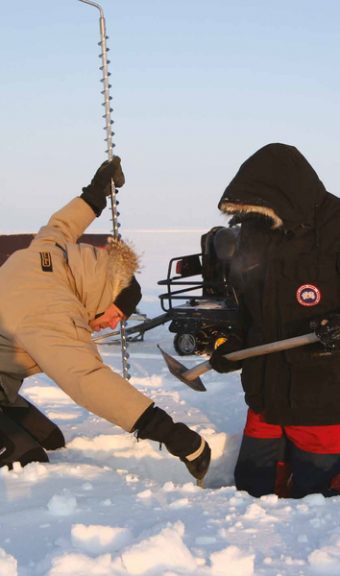
The Greenland Institute of Natural Resources communicates knowledge of environmental issues and is legally obliged to publish the Institute’s research results.
The Institute actively communicates with users of the environment – fishermen, hunters, and recreational users – and with direct recipients of scientific advising – administrators and politicians. Users of the environment, and their comprehensive knowledge of the natural environment, are included during planning and implementation of the Institute’s activities. Meetings are held regularly to disseminate information with users as well as recipients when new initiatives are being planned and new results become available.
Information intended for the public is disseminated through traditional channels such as newspapers, television, radio, web site, Facebook, folders, reports, and exhibitions. Several hundred people visit the Institute each year.
Infrastructure
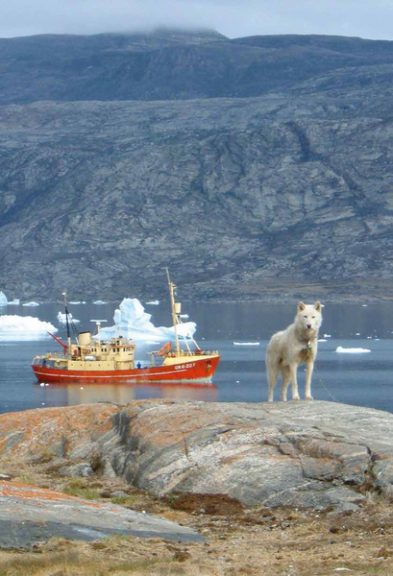
- The Greenland Institute of Natural Resources was established on 1 January 1995
- The Institute replaces Greenland Fisheries Research, which was transferred to Greenland in 1989
- The Institute’s main building was inaugurated in 1998
- The Institute’s guest accommodations were inaugurated in 2000
- The extension to the Institute’s main building was inaugurated in 2011
- Pikialaarfik was inaugurated in 2017
- The Institute has a research ships – a fishing vessel “R/V Sanna” (167 GRT) – and “Tarajoq” (2.841 GT) from 2022 – as well as several smaller vessels, boats, dinghies, and snow machines.
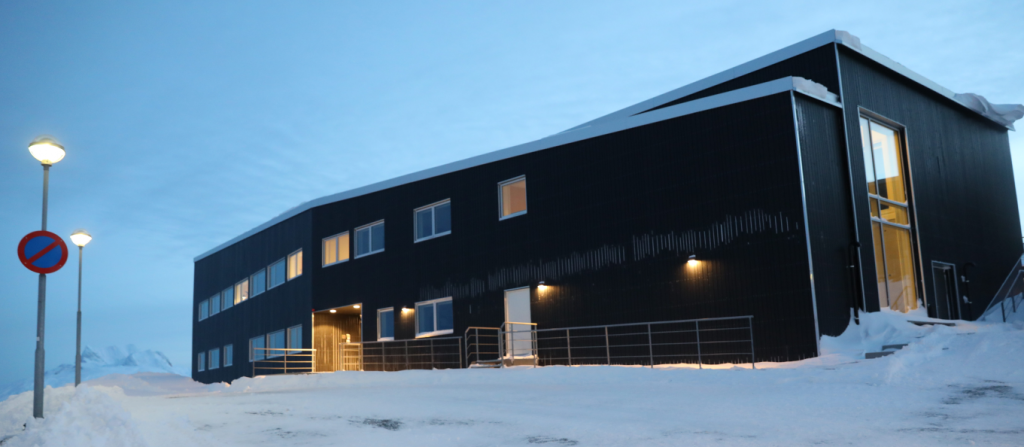
Pikialaarfik. Photo: E. Løvstrøm

